Alumni Spotlight: Teaching on the Last Frontier
Tyrone grad living and teaching in one of the most remote places in the United States
Thirty-six miles from Russia on the Alaskan island of St. Lawrence, 2012 Tyrone High School grad Courtland Pannebaker is on the adventure of a lifetime, living and teaching Native American children at one of the most remote public schools in the United States.
Pannebaker is teaching twelve Siberian Yupik students, ages three and four, in the federal Head Start program at Gambell School in Gambell, Alaska.
“I chose to teach in Alaska because I wanted to have an experience living in the last frontier. The recruiter mentioned whaling, a different language, living on an island, and many more things that I couldn’t pass up. Plus I wanted to challenge myself and do something out of my comfort zone,” said Pannebaker.
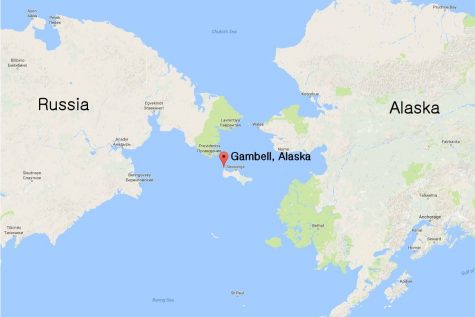
St. Lawrence Island is a challenging place to live. Closer to Russia than to Alaska, less than 1,500 people live in the island’s two villages, Gambell and Savoonga. The island is so remote that almost everything, including food, must be delivered by airplane. There are no Sheetz, no restaurants, no theaters or many other modern conveniences.
According to Pannebaker, isolation has been the most challenging part of the experience.
Courtland’s mother, LeeAnn, agrees.
“It can be hard for the planes to get there in the winter and we will have to ship [food] in plastic Rubbermaid totes because cardboard boxes get wet from all the snow, rain, and winds coming off the Bering Sea,” said L. Pannebaker.
However, the unique encounters Pannebaker has experienced outweigh the difficulties of living in such a remote location.
“Every day holds numerous wonders that you just can’t get anywhere else. I have tried seal, walrus, whale, caribou, and even reindeer to name a few of the exotic foods. I got to see the northern lights dance in the sky. I’ve been learning a new language. I have ventured out far into the tundra to fish with a good friend of mine named Qaqlu. And I can’t forget to mention the ivory carvings! They are incredible. Plus being able to see Russia and whales out your window is very cool,” said Pannebaker.
Part of what makes this experience so unique is the culture of the Siberian Yupik people. The residents speak a language unique to St. Lawrence Island and mainland Siberia. According to the University of Alaska Fairbanks, the people of St. Lawrence Island are the only Siberian Yupik Eskimos in the United States.
The lifestyle on St. Lawrence Island is very different from the mainland. The economy is small and unemployment is high. Some natives specialize in carved walrus ivory, some guide small groups of bird watchers who make the flight from Nome, and others work on archaeological digs for prehistoric artifacts. Many live a subsistence lifestyle, hunting, fishing, gathering, or trading to meet their basic needs.
“They are subsistence hunters, so many people do not have traditional jobs. They hunt and fish for a living. Every Wednesday, the students get out of school early to go to Eskimo dancing called Autuk… It is fun to watch and participate in the dancing,” Pannebaker said.
Despite the differences, some things about school life in Gambell would be familiar to many Americans. In addition to teaching, Pannebaker is also the school’s cross country coach.
“I used to be a long distance runner in middle school, and I also used to coach football. So when I heard they had an opening I jumped at the opportunity. Plus, you get to fly to other native villages on our district plane, which was cool,” said Pannebaker.
Living on such a remote island, the children face many academic challenges. According to an annual school report published in U.S. News, of the 202 students who attend Gambell school, 91% are economically disadvantaged and Gambell has only a 53% graduation rate. Only 2% of Gambell students go to college.
“I think the most difficult part for him is trying to set up a classroom in an area where the kids face so many challenges. Some in the community are not that welcoming of new teachers as they don’t see a need for education where they are. So, he is faced with the challenge of motivating students to want to excel even though they are in a harsh environment,” said L. Pannebaker.
Another challenge Pannebaker faces is adjusting to living so far away from home.
“[I miss] my home, family, and friends. I miss football and being a normal person. Here, everyone knows you’re a teacher and they sometimes treat you as if that’s all you are,” said Pannebaker.
Despite these challenges, Pannebaker has a unique opportunity and a chance to impact the lives of his students.
“In Gambell he has his own class and can have a great impact on the students’ lives, so I am excited for the teaching opportunities he has there,” said L. Pannebaker.
Note: The Eagle Eye will continue to follow Pannebaker on his adventure on the last American frontier. Check back in the spring for a follow up article.
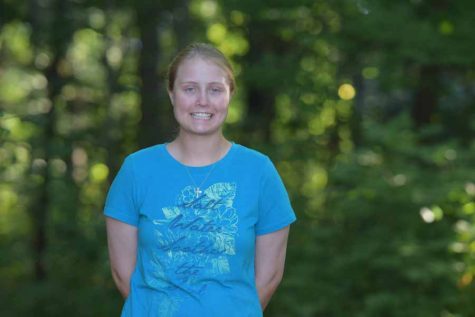
Reading and writing are a big part of the reason senior Taylor Hoover decided to join the Eagle Eye staff team for the first time. She is ready to tackle...



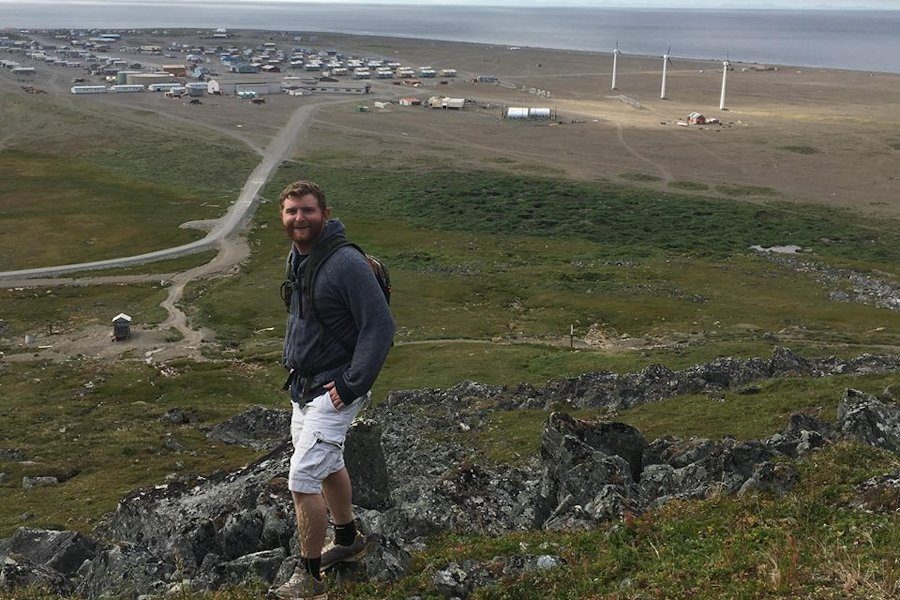
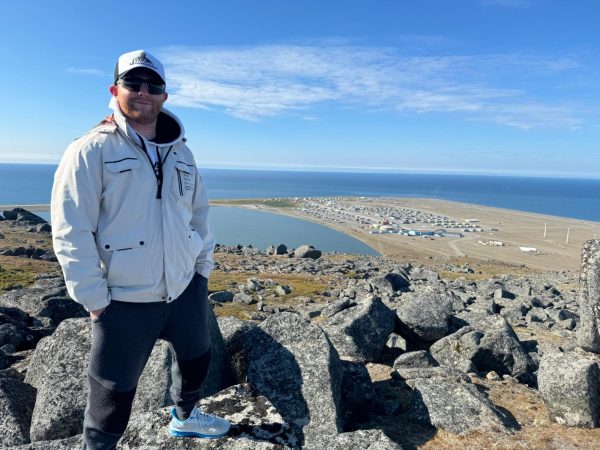


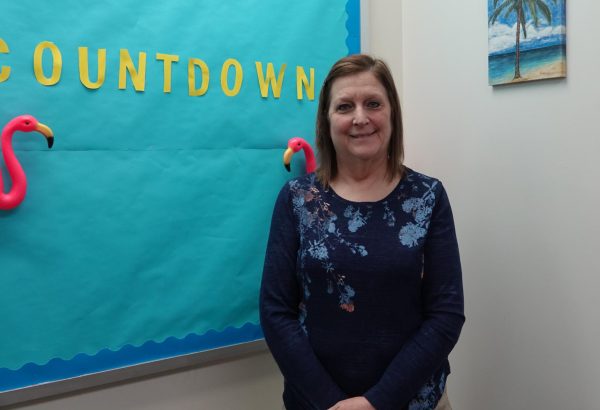
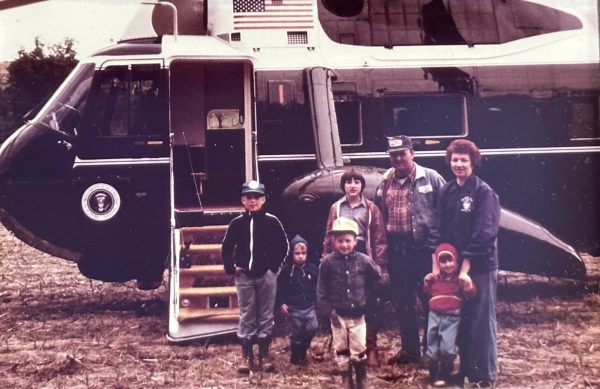

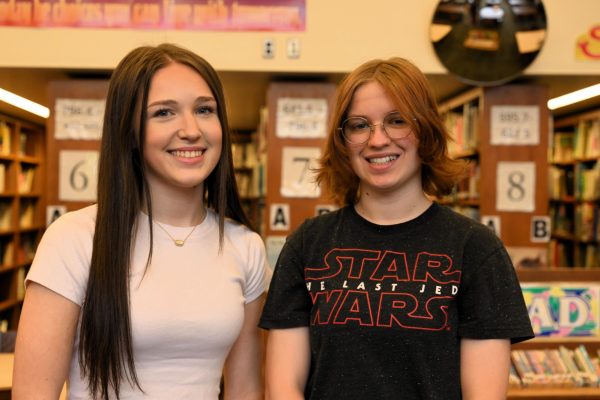

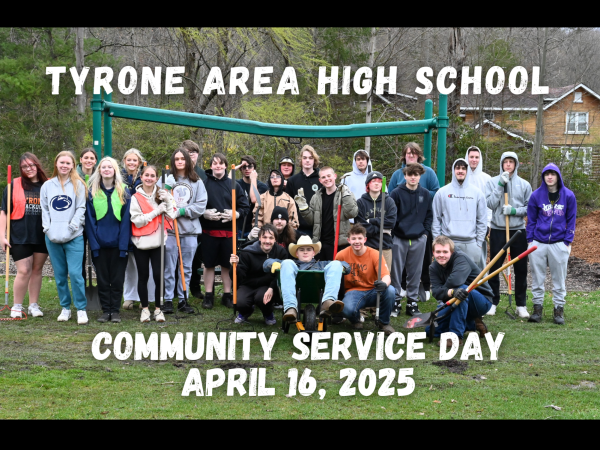
Jaelyn Delozier • Nov 9, 2016 at 10:05 am
cool,he got some guts.
DICK HOYNE • Nov 3, 2016 at 11:11 am
keep up the good work,Your mom told me you were having a good time
DICK HOYNE • Nov 3, 2016 at 11:10 am
kEEP UP THE GOOD WORK. THIS IS A GREAT ADVENTURE AND I KNOW YOU WILL TAKE ADVANTAGE OF THIS.
Jim Koller • Nov 3, 2016 at 7:25 am
As Courtland’s former third grade teacher, I couldn’t be more proud of him. Although he kept me on my toes with his boundless energy, I always Knew he was capable of accomplishing amazing things. What a way to leave your mark on the world.
Courland, I am extremely proud of you young man!
Jim Koller • Nov 3, 2016 at 7:26 am
So proud I couldn’t even spell his name correctly!
Natalie Hoover Dean • Nov 3, 2016 at 1:19 am
Read “The Kids from Nowhere” by George Guthridge. Keep a journal. Live every day to the fullest. The elders will help you once they know you really care about the kids. You’re teaching pre-school?!?! God bless you. Soak up the bilingual lessons. Learn to drum. Muktuk is an acquired taste. Don’t let anyone carry seal oil on your plane (pilots already know this.) Commit to a second year now so the kids can go ahead and give you their hearts.
Just some advice from a retired Alaskan Bush teacher, TAHS Class of 67.
Abigail Lewis • Nov 3, 2016 at 12:13 am
This story caught my eye! For a young man to go so far away from what/ who he knows should inspire more graduates.
Take a chance and take hold of your future. Travel as much as you can. I’m still hoping to see those northern lights one day soon. Good luck and God speed. Your mom must be so very proud.
Ron • Nov 2, 2016 at 1:58 pm
This man’s got guts! He has he endurance of one-thousand men. He once saved a family of baby seals from a grizzly bear. He is the most interesting man in the world.
Jon Walk • Nov 2, 2016 at 1:45 pm
Great story. Even though my parents left Tyrone when I was 10 and am only able to get back once or twice a year, I love reading about what is going on through the Eagle Eye News coverage.
Keep doing an incredible job.
adviser • Nov 2, 2016 at 3:03 pm
Thank you for the complement and thank you for being one of our regular readers!
Ron • Nov 12, 2016 at 2:35 pm
I remember when miss dobrowolsky taught newspaper. She is the sweetest most beautiful woman in allllllll of the land. How I miss her and her warming smile that was almost as big as my mouth.